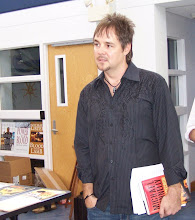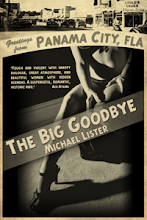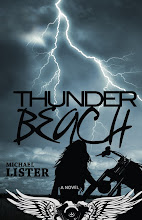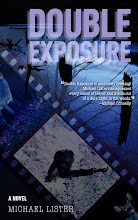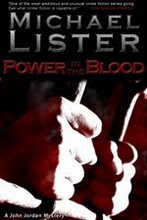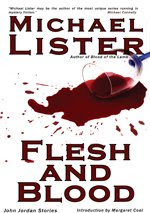
Few things in life are more meaningful than a meaningful conversation.
A dialog is an exchange not just of words and ideas, thoughts and feelings, but of our very selves. As we talk, closely, intimately, we actually breathe in each other.
Though I’ve enjoyed many great conversations with male friends, there’s something about conversations with women that take talk to a whole other dimension. Women are typically more communicative, start at an earlier age (therefore, have had more practice), and are usually more willing to invest the time a great conversation usually requires.
I don’t just enjoy conversations in life, but in art, as well.
Some of my favorite films, particularly romances, are little more than a guy and a girl having a conversation.
Of course, in a way, every love story is a conversation between two lovers, even classics like “The Song of Songs” and “Romeo and Juliet,” but the dialog often involves others —family, friends, even adversaries. And as good as these kinds of love stories can be, there’s something special about the stripped down, essential nature of two lovers having one long uninterrupted conversation that I find more intense, intimate, inspiring.
I’m focusing here on the magic that’s possible between a guy and a girl, but I in no way think it can only happen between a guy and a girl, or one guy and one girl. Two guys or two girls or three or five can be just as true, just as intense, just as revealing. For me, heterosexuality and monogamy are not requirements.
The two very best long-form conversations in film, the purest examples of the form, and the ones that have my highest recommendation are “Before Sunset” and “Conversations with Other Women.” These two extraordinary films take something quite ordinary—former lovers having a conversation—and elevate it to the realm of truth and art and pain and beauty and loss, and for a brief moment make us feel less alone in the world.

“Before Sunset” has the added advantage of an earlier film that shows the same two lovers in a long, uninterrupted conversation nearly a decade earlier in “Before Sunrise.” In fact, “Before Sunrise” is a great film in its own right, but I find far more depth and meaning in the older lovers and in their pain and loss and regret-tinged conversation than in that of the young, hopeful, mostly unscarred, a-little-too-removed-from-it-all, whole-life-in-front-of-them kids they were when they first met.
In both “Before Sunset” and “Conversations with Other Women,” pain and loss and disappointment suffuse the subtext and prevent the lovers from being too cool or cavalier about life or love or each other.
And in each film, the lovers converse under the looming deadline—the sun setting, a plane’s departure—of a forced parting. Far more than a dramatic device, for me, this represents how finite all our connections are, how short life itself is, how important it is to make each and every word of every conversation count.
The films remind us that we have a limited supply of words, sentences, encounters, connections. Ultima Forsan, perhaps the last—something I have written into the flesh of my arm so as not to forget—every moment, every encounter, every sentence, every single word could be our last, and soon one, in the too-near future, will be.





